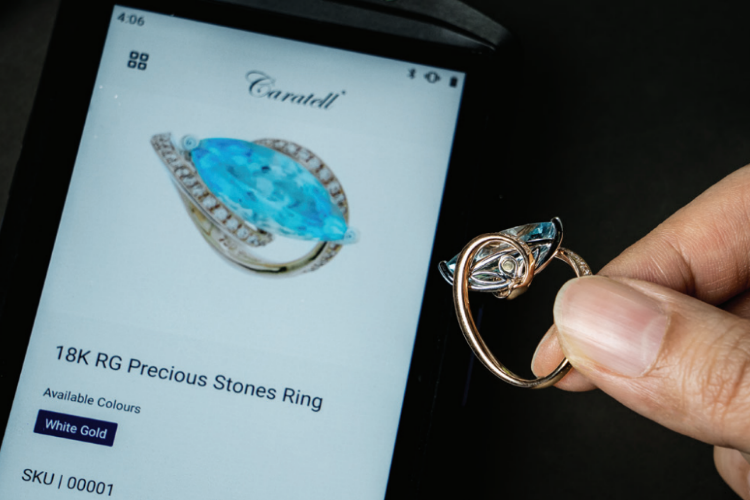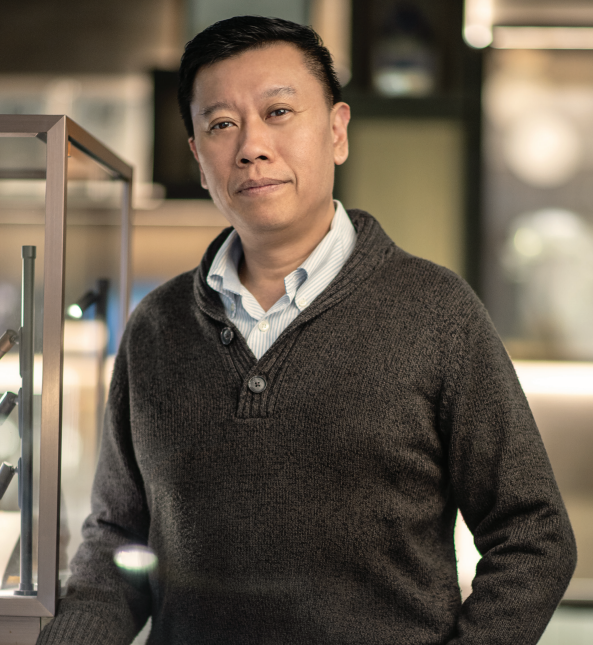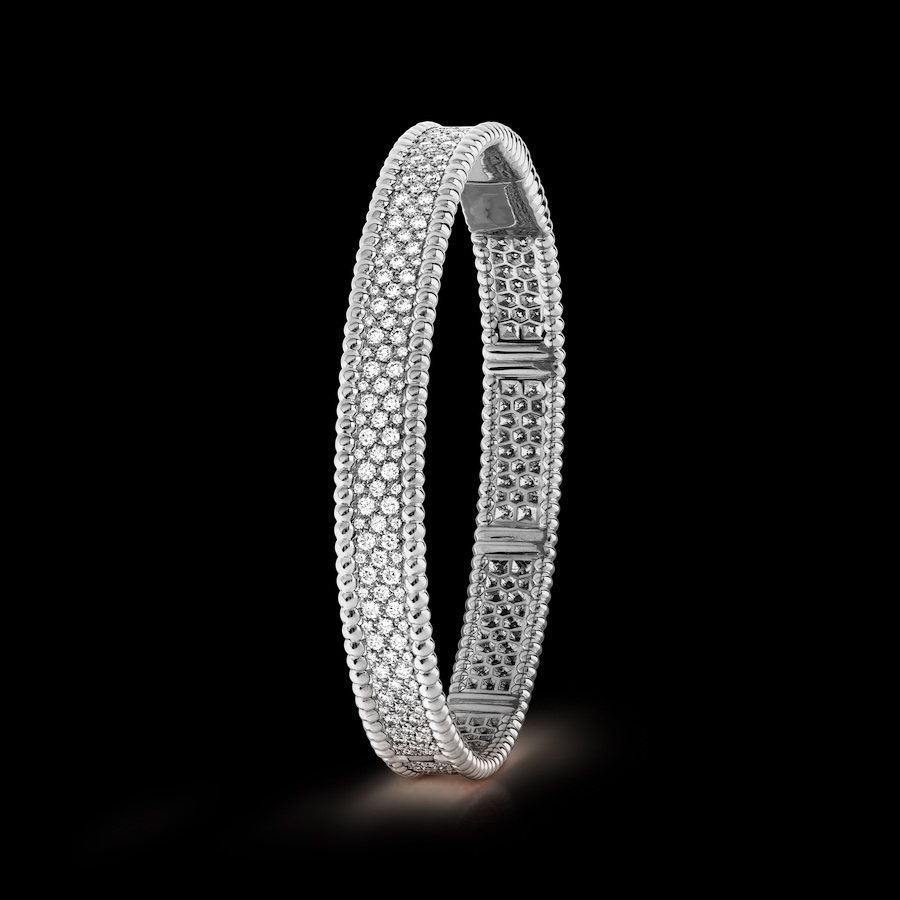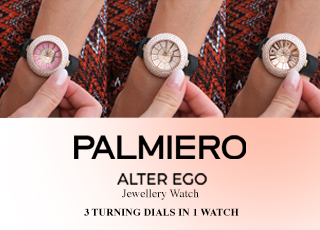“The downtime during the pandemic allowed me to look into the traceability, transparency and reliability of certification in diamonds and gems,” said Michael Koh, Founder of local jewellery label Caratell, and his new company, Experloop. The jewellery designer and now technology buff developed a proprietary microchip, E1mc, with the intention to improve international certification for diamonds and gemstones for verification.
“It’s a common misconception that one’s information would be easily stolen with a simple scan,” he continued. “We have designed this system with a new source code where one can select different levels of security before accessing information.
“And in protecting one’s privacy, the microchip is designed as a passive RFID without battery so it does not send out location signals.”
After materialising the microchip two years ago, Koh recently completed the developments of the chip’s second and third versions, namely, Gen E2mc and E3mc, to suit different jewellery types and improved frequency.

Is it possible to design the microchip with other materials besides gold? If so, what are the limitations?
We use 18K yellow, white, and rose gold. Using gold allows for greater flexibility, i.e. being able to use wet or cold lasers.
While the common metals do work well, namely, silver, copper and aluminium, to name a few, certain properties can jeopardise production. For instance, the softness of silver or the oxidation of copper, the latter which will destroy frequency.
Certain metals can also trigger allergic reactions on the skin.
The limitation is mainly the size — the attachment has to be at least or 2mm in size for the inlay to look nice and neat. In that dimension, it contains the IC chip and antenna, and the thickness of metal has to withstand the heat for protection.
A special component is added for strength and reduction in oxidation.
How is it different from blockchain technology?
Compared to the E1mc chip, blockchain is purely a software development for digital information governance by community users. E1mc is a hardware development which allows a phygital-hybrid access using an RFID key.
After each product is sold, the E1mc microchip provides ownership rights, containing their personal ID, and E-wills of each precious wearable for the next generation.
Just mere five years ago, many would’ve thought that such an idea was silly, impossible, or corny. During the conception, have you ever had doubts, and what motivated you to see it to fruition?
I’m always thinking of what I can do to improve in the industry’s transformation. Admittedly, it did seem like mission impossible, especially after reading research journals and getting professional advice, the idea almost came to a stop.
But if Elon Musk can fly a rocket and return back to earth in one piece, then there’s hope that I can find a breakthrough in RFID technology.














